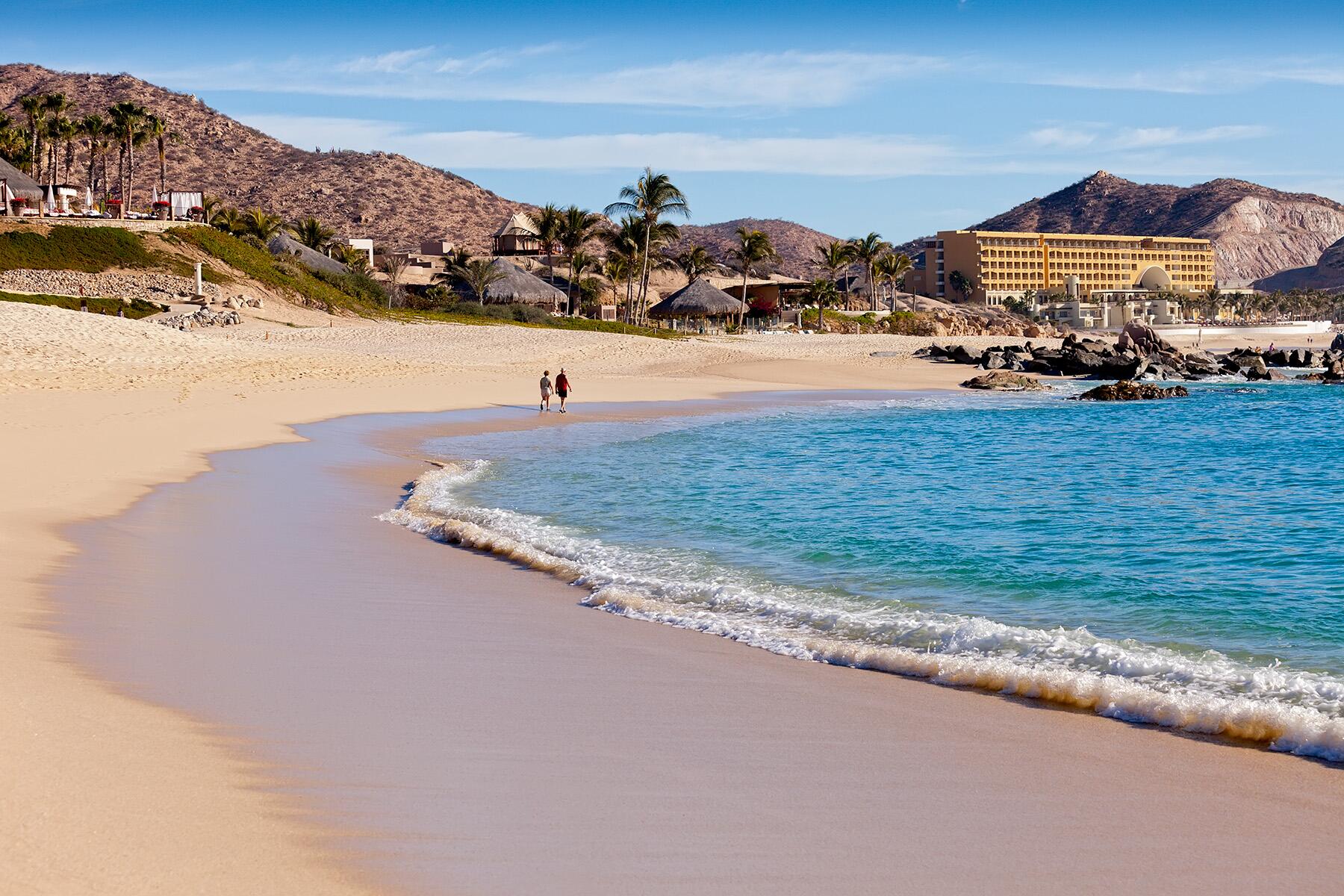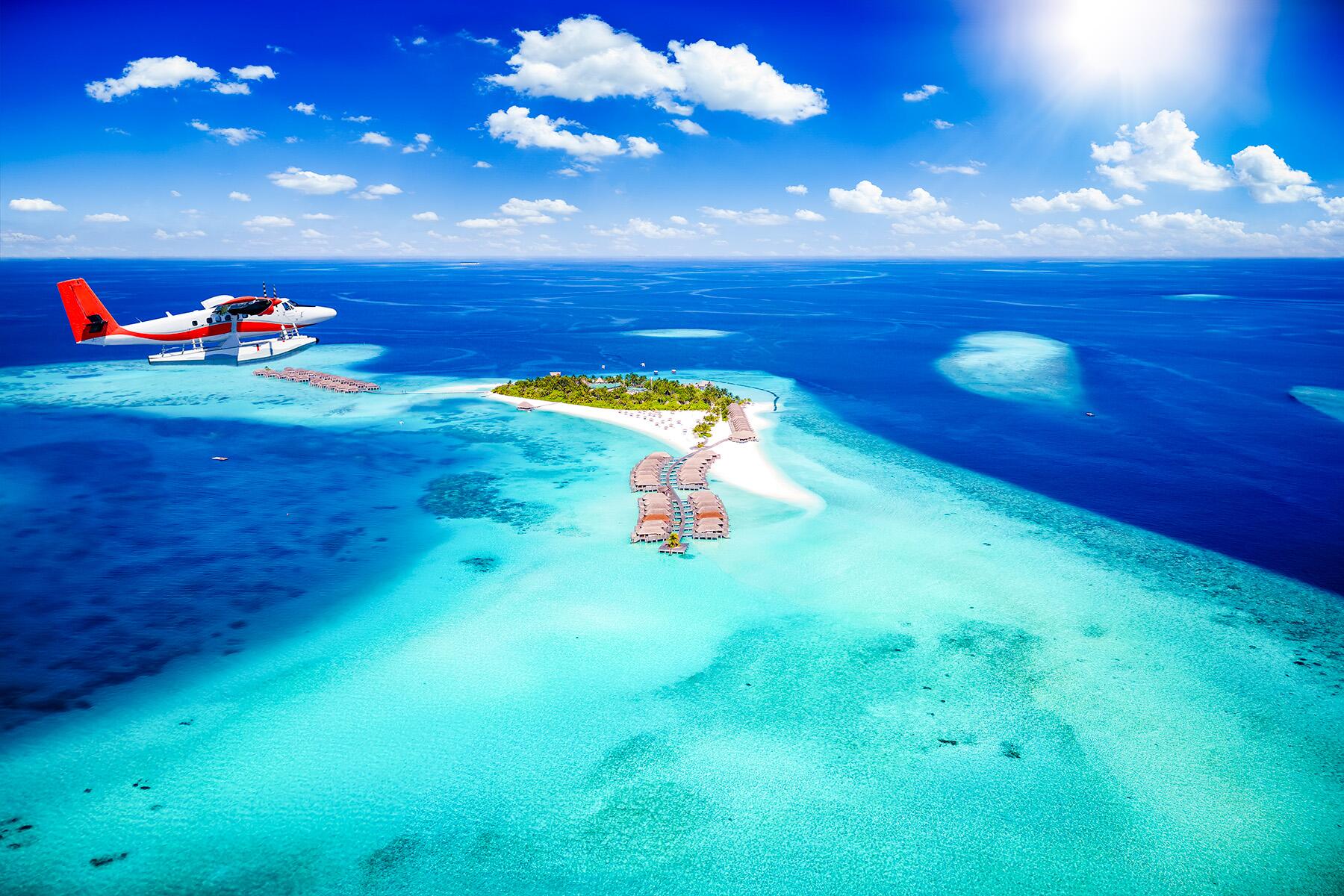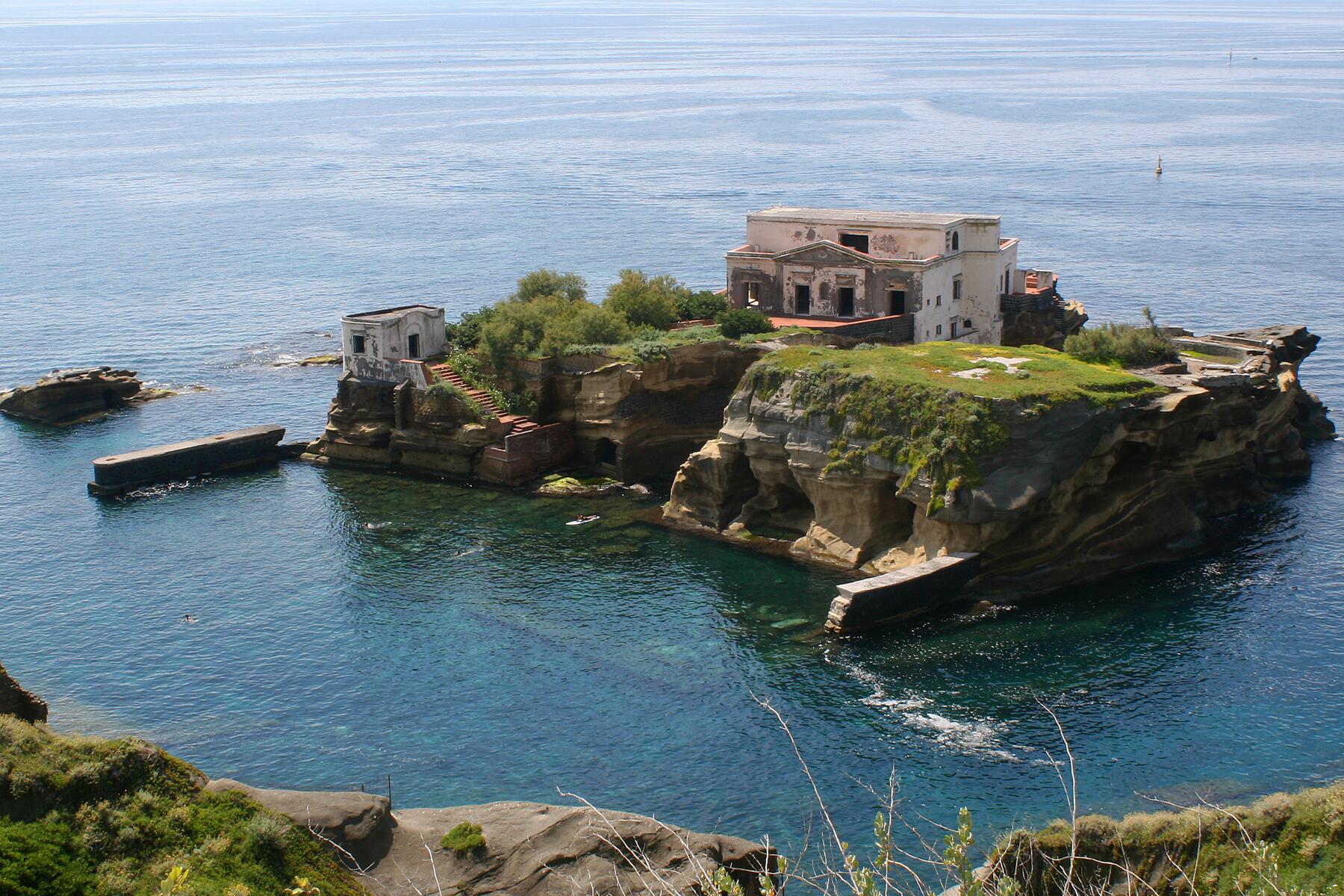A beach day with a side of history.
When planning a trip to Italy, it’s only natural to try and fit in some time at the beach. After all, with more than 4,700 miles of shoreline, it would be a shame not to see some of it. Perhaps more than the coast, Italy is world-famous for its history and archaeological sites. What if there was a way to combine a day at the beach with a trip to ancient Roman ruins?
Luckily for you, you can visit ruins near beautiful beaches and see ruins under the water, swimming between sunken colonnades and drowned sculptures.
Here are three sites, all within two hours of Naples, where you can swim, bask in the sun, and see ruins around and under the water.
Underwater Archeological Park of Baiae
Naples and the surrounding area have been famous for millennia. Two thousand years before, millions of tourists would flock to Naples every year to see the ruins of Pompeii, and thousands of people would flock to, well, Pompeii.
At the time, ancient tourists would head to the south of Italy in the winter to seek refuge in the thermal springs in Pompeii, Herculaneum, and the island of Capri. But none of these towns were quite as famous as Baiae. Just 10 miles west of Naples, this small town was renowned not only for its thermal baths and relaxation but perhaps even more so for its reputation of unbridled hedonism. Seneca the Younger, in his book Epistles, wrote that Hannibal, the famed Carthaginian general, spent a single pampered winter in Baiae and was “conquered by his vices.”
Recommended Fodor’s Video
During the Roman Republic (509 BCE to 37 BCE), a number of notable statesmen, including Pompey the Great and Roman Emperors, including Julius Caesar, Nero, and Hadrian, built villas and palaces there. So, what happened to Baia?

Due to the phenomenon called “bradyseism,” the filling and emptying of underground magma chambers called “caldera,” the lower portion of Baia, which was unknowingly built on one of these then-filled caldera, eventually fell below the sea sometime in the 4th-5th century CE when the chamber emptied.
In 2002, the ruins were designated by the Ministry of the Environment as a Marine Protected Area and Underwater Archaeological Park. Despite being submerged for almost 1,600 years, you can still see mosaic floors, the evidence of frescoes on portions of walls and roads, mostly intact columns, and yet-to-be-rescued sculptures.
Today, you can take a SCUBA tour, a glass-bottom boat out of the harbor, or go to the beach in Baia with a pair of goggles and a snorkel to admire the ruins of an ancient city that rests barely 25 feet below sea level.
Not all of Ancient Baiae rests underwater. The town is still home to the ruins of three “Temples”—which we now know were not Temples at all, but were actually two large thermal baths and a casino—a theatre, and the Museum of Campi Flegeri, where you can admire all of the statues and sculptures that have been rescued from the sea over the years.
Island of Gaiola and the Archaeological Park of Pausilypon
In the Posillipo quarter of Naples, an affluent residential neighborhood along the water just west of the city center and the famous Spanish Quarter sits the Archaeological Park of Pausilypon. This Archaeological Park houses the ruins of an ancient villa once belonging to Vedio Pollione and later Emperor Augustus.
Among the rocky coastline and ancient structures built to the very edge of the cliffs that make up the Park is the island of Gaiola. Barely a few yards away from the mainland, this strange island is home to a 17th-century palazzo and the ruins of part of Pollione’s villa.

Like Baiae, the island of Gaiola was also designated as an Underwater Archaeological Park in 2002. Gaiola has seen its reputation as a haunted island grow in the past two hundred years as a spate of unsolved deaths have plagued this islet—and whoever seems to inhabit the palazzo on it.
However, don’t let this ominous past scare you; none of those who have died have been bathers looking for clear waters and ancient ruins to spend a summer day.
Between SCUBA tours, snorkeling tours, trips in glass-bottomed boats, and swimming from the mainland beach with a pair of goggles on, everyone can find a way to see these magnificent ruins up close—or wade among them as some of them are only waist-deep.
INSIDER TIPThis beach isn’t open year-round as it is part of a marine-protected park, so when they do open it in the summer, you’ll be joined by Neapolitans looking for a tranquil day under the trees and surrounded by crystal-clear water.
The Bath of Queen Giovanna
While this beach is named “Bath of Queen Giovanna,” after the 15th century Queen of Naples, it was first the home of a villa belonging to Pollio Felice, a Roman nobleman in the 1st century BCE. Later, during the reign of Queen Giovanna II of Naples, this little peninsula near Capo di Sorrento was renamed in her honor due to her alleged enjoyment of this private and secretive swimming hole.

Characterized by a natural archway leading to the sea and sunken into the cliff, it’s said by the local Sorrentinians that she would spend her summers there accompanied by younger lovers.
Half a mile west of Sorrento and reachable by car or public bus, this area is more than just a single secluded swimming hole. Walking through the nearby olive groves, you can discover the Cove of St. Salazar and other popular swimming spots on the Mediterranean.
If you plan on being there until sunset, you can enjoy it from the villa’s ruins on the promontory before heading back into town.



